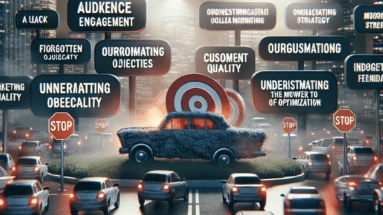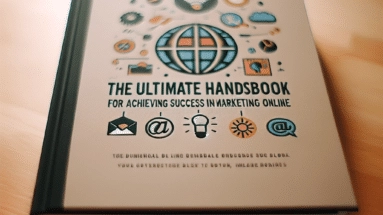
7 Common Mistakes You’re Making with Online Marketing
Ignoring Your Target Audience Why Audience Research Matters In my early days of online marketing, I made the rookie mistake of assuming I knew

Ignoring Your Target Audience Why Audience Research Matters In my early days of online marketing, I made the rookie mistake of assuming I knew

Understanding Your Audience Identifying Customer Pain Points When diving into the world of online marketing, the first thing I learned was to put myself

Understanding Your Audience Deeply Research is Key Let me tell you, one of the biggest revelations I had was how pivotal market research is.

Expands Your Reach Leveraging Other Audiences One of the coolest things about affiliate marketing is that it lets you tap into other people's audiences.

Understanding Your Audience is Key The Importance of Segmentation In my journey through the online marketing world, I've learned that knowing your audience isn't

1. Social Media is All You Need Understanding the Role of Social Media Let me tell you, social media is super important, but it’s